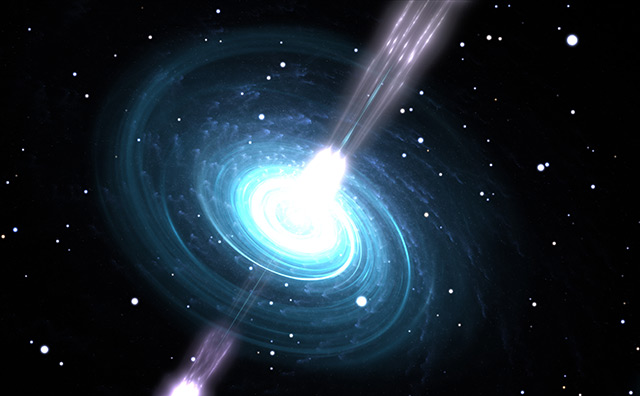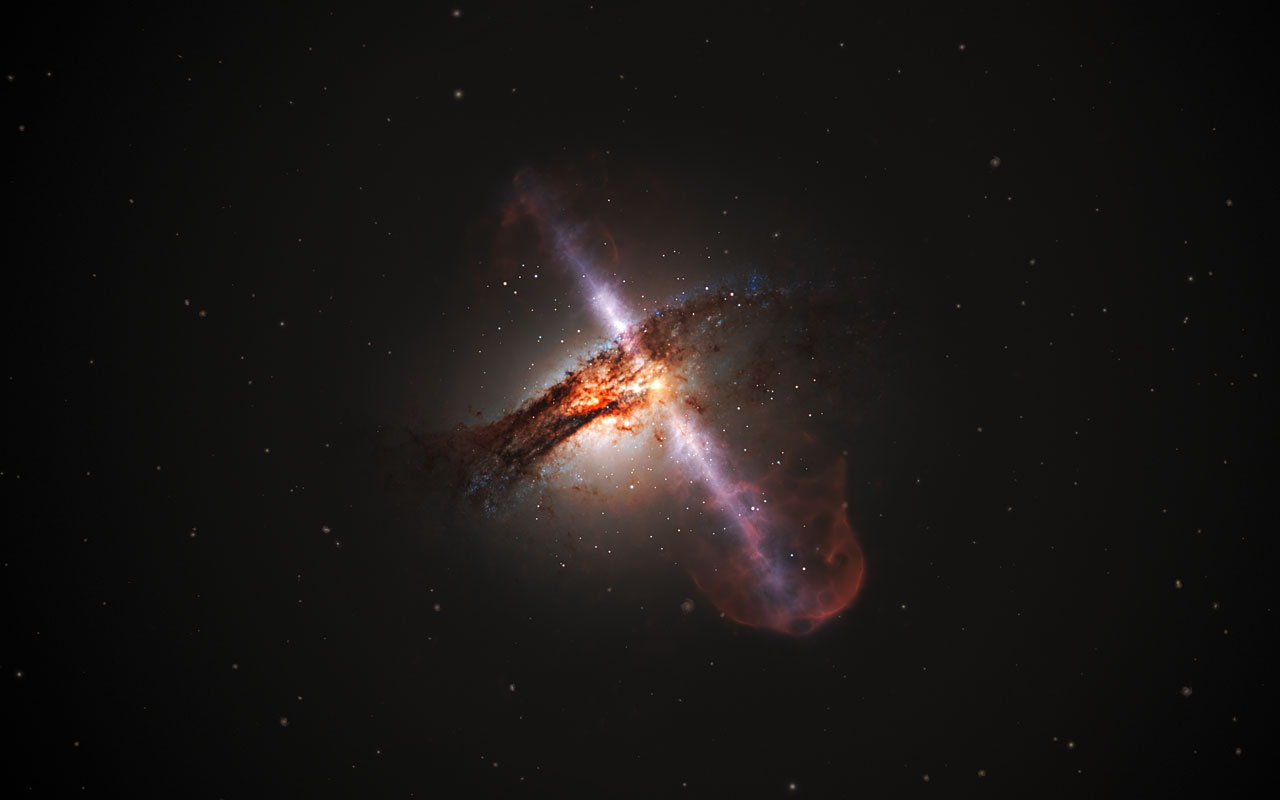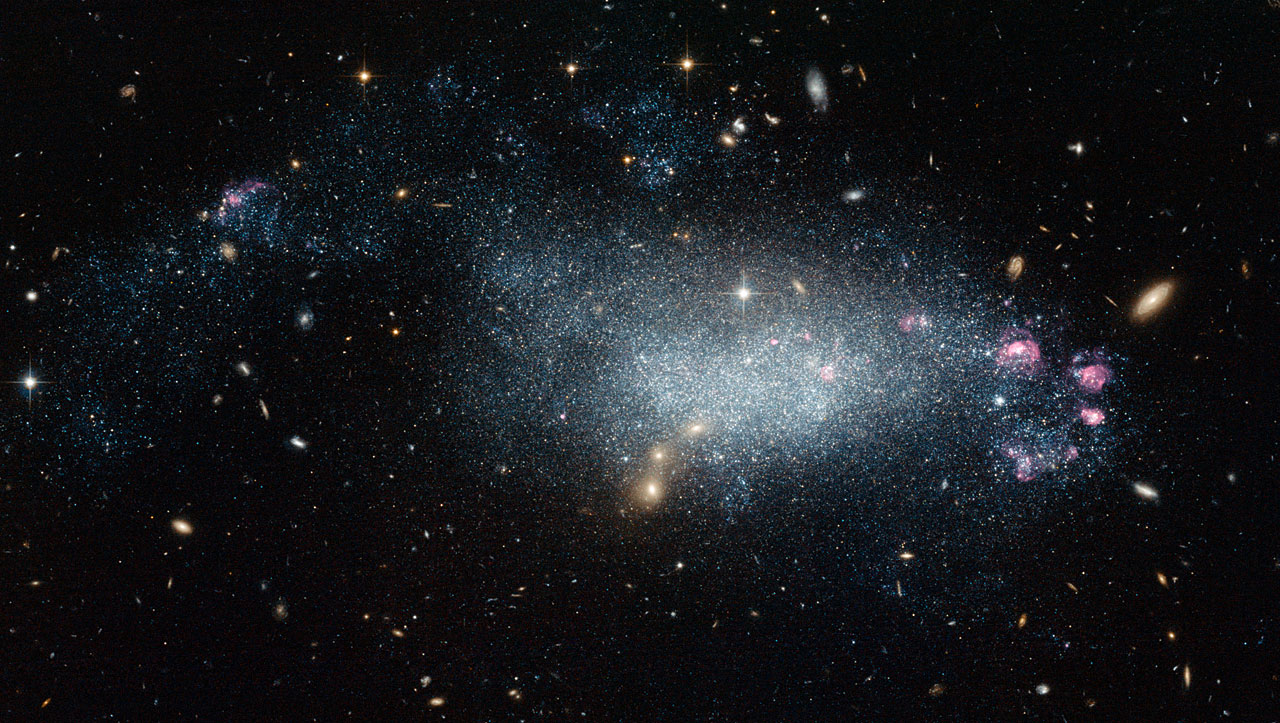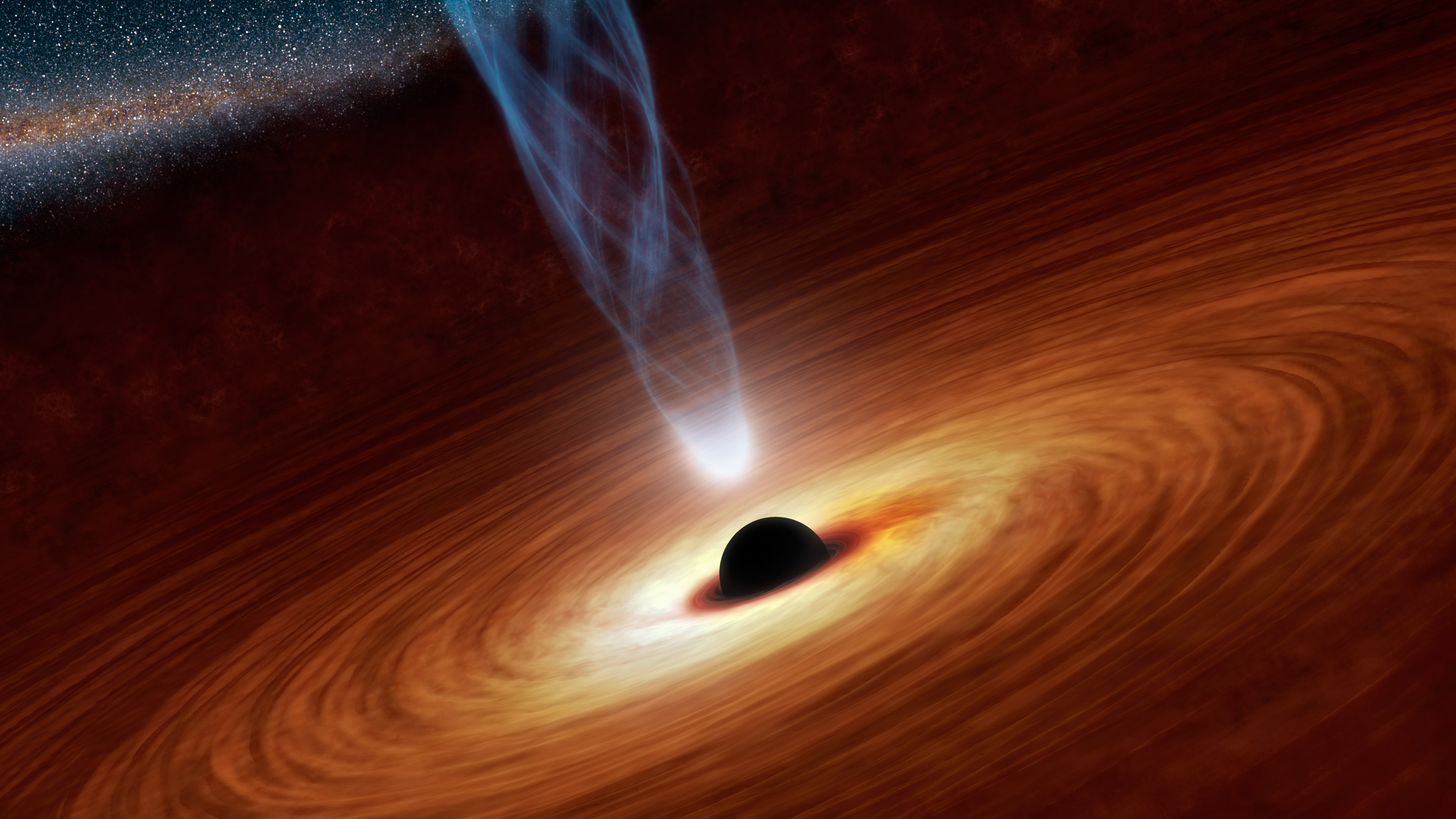
Where did gold and other heavy elements come from?
Since long ago, gold has been a prized possession. It is a lustrous element used in a wide variety of things, including jewelry, electric wiring, and even food. Its limited quantities make it more valuable, and ever since the California Gold Rush, more than 90 percent of the world’s gold has been mined.
Along with other elements heavier than iron, such as platinum and uranium, the origin of gold was never clear. The ancient Aztecs believed that gold came from the sun, calling it the sun’s "sweat." More recent studies on these elements found that they were forged inside stars, through a process called rapid neutron capture process (r-process). This is a set of nuclear reactions believed to be responsible for the creation of over half of the periodic table’s heavy elements, including gold. (Related: Heavy elements in space – where did they come from?)
When stars collide
Imre Bartos and Szabolcs Marka, astrophysicists from the University of Florida and Columbia University respectively, used the premise of the r-process as the basis of their study. They wanted to find out which kinds of stellar events contributed to the "seeding" of heavy elements on Earth.
The researchers were particularly interested in neutron-star mergers. Neutron stars refer to the highly dense, burnt-out cores of collapsed stars. Despite their small size (around 20 km in length), they are extremely radioactive and considered to have the most hostile environment in the universe.
“The first directly detected neutron-star merger happened 130 million light-years away, which may sound like a large distance, but was much closer than anticipated,” explained Bartos. The researchers then wondered if it was possible that such a collision happened near the solar system.
They first analyzed previous data gathered from ancient meteorites, which dated back to the formation of the solar system some 4.6 billion years ago. These meteorites contained traces of radioactive isotopes that a neutron-star merger would have likely left behind. Any radioactive isotopes generated from such a collision would no longer be in the solar system, but previous studies determined that the decay of these isotopes would have byproducts.
The researchers focused on these byproducts in the meteorites, hoping to find two things:
- When these byproducts were created
- When the original isotopes entered the solar system
The researchers ruled out other stellar events, such as supernovae (star explosions), because these phenomena would have produced different patterns in the meteorites.
Aside from studying the meteorites, the researchers also built simulations of the Milky Way galaxy. This would help approximate where the neutron-star merger would have occurred with respect to the solar system.
By comparing the composition of the meteorites to numerical simulations of the Milky Way, the researchers found that a lot of the heavy elements in the solar system most likely came from a single collision between two neutron stars – an event which occurred 80 million years before the formation of the solar system.
When the two neutron stars collided, it produced a black hole, a disk-shaped spinning mass of matter. Tidal forces and winds emitted from this disk ejected neutron-rich matter, which went through the r-process. The results were the heavy elements.
The researchers concluded that the merger must have happened about 1,000 light-years from the clouds of dust and gas that would become the solar system – based on the amount of material that managed to make it here.
The collision seeded the solar system with 1.1 billion tons of heavy elements, scattered across the planets. On Earth, this single cosmic phenomenon resulted to 0.3 percent of its heaviest elements. These include platinum, uranium, and gold.
The researchers believed that their study contributed to a deeper understanding of the universe’s formation and opened doors for other fields – like chemistry, biology, and geology – to explore. Read more research and studies attempting to solve the cosmic puzzle at Space.news.
Sources include:
Please contact us for more information.























